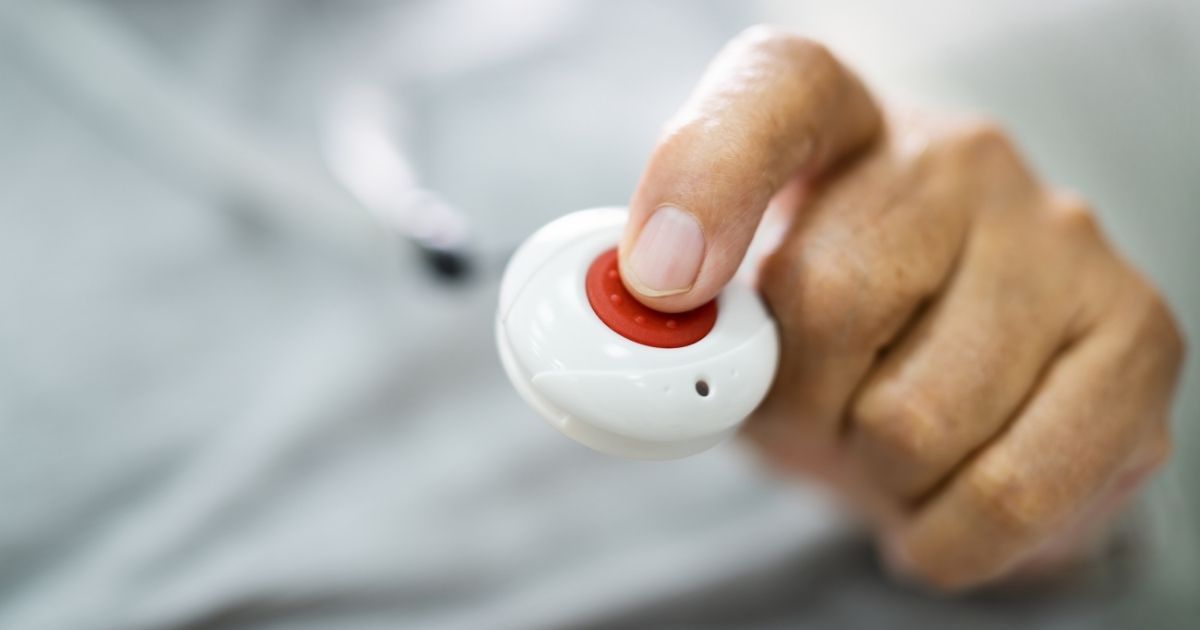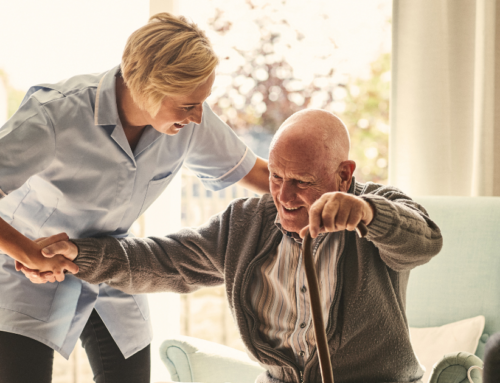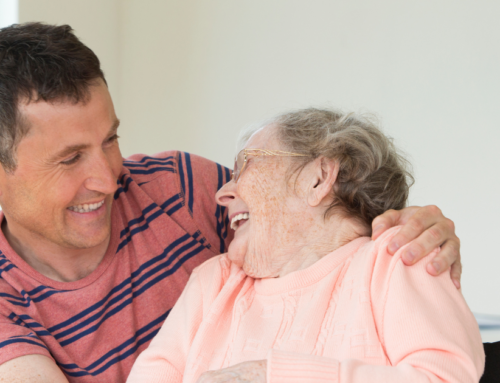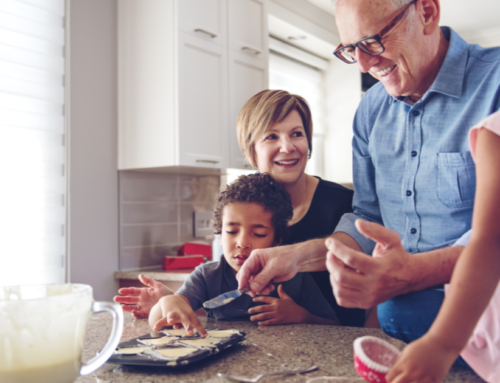According to Pew Research, about 45% of Americans age 65 and older are active social media participants. They may not have been early adopters, but laptops and smartphones have opened up new horizons for them.
Seniors have proven that they’re not afraid of technology. Thanks to caring and patient family members who have introduced them to new technology, many aging adults have stayed in contact with old friends, and made some new ones, on Facebook, Instagram, and Twitter.
Seniors have also shown that they are open to using technology for their health and safety. They prefer to remain at home, and most are willing to use new ways to keep themselves there, in familiar surroundings with their loved ones.
In this article, we’re going to share some technologies, both new and older (with updated features), to help you with senior care and safety. Although you won’t see us recommending any particular brands, an Internet search will provide you with multiple outlets to purchase or rent what you’re looking for.
Traditional and Mobile Personal Response Systems
These systems have come a long way from the “I’ve fallen, and I can’t get up” button days, and they continue to develop.
Many families have moved away from having a traditional hard-wired telephone to only using their cell phones to communicate with the outside world. Personal emergency response systems (PERS) can now operate without a wired phone jack – they are now cellular devices.
These systems send alarms that notify caregivers about a health emergency, fall, leaving home due to wandering, and even home invasions. Most will send help immediately, even if the senior can’t communicate their need for assistance.
There are still the standard one-button versions and ones with automatic fall detection capabilities. You’ll be pleasantly surprised at how affordable they are.
Home Monitoring Systems
These systems still operate on strategically-placed sensors that are motion activated, but you’ll now find many that detect leaks or floods, as well as item-specific detectors on doors, toilets, beds, chairs, etc. Not only can you monitor your loved one’s daily activities, but you’ll also receive notifications when the system senses a disruption.
Some systems now include communicating and engaging via text messages, email, or phone reminders and alerts that allow you to check in and communicate from wherever you are.
GPS Tracking Systems
More accurate than ever because of upgraded technology, these systems can help quickly locate a missing person. They operate via signal exchanges from nearby cell towers and satellites when the senior is wandering or traveling. System programming measures the distance between the device and the satellite and cell tower signals, pinpointing the senior’s exact location and transmitting this information back to the system.
The Bottom Line on Technologies for Senior Care
Talk with your loved one about these options and take the time to explain how they can bolster their health, wellness, and happiness. They may be a bit hesitant at first, but they’ve proven that they can adapt to technology that is new to them.
Technology is great for seniors, but it’s no match for having someone be there when you can’t. New Wave Home Care of Pasadena, CA provides trained caregivers that can physically be there to not only offer personal care and help with daily activities but also to monitor the safety of your loved one and report any emergencies immediately.
Contact us for a free consultation today. We’re just a phone call away at 626-662-7705 and we’re here to help ensure the safety of the senior you love.







